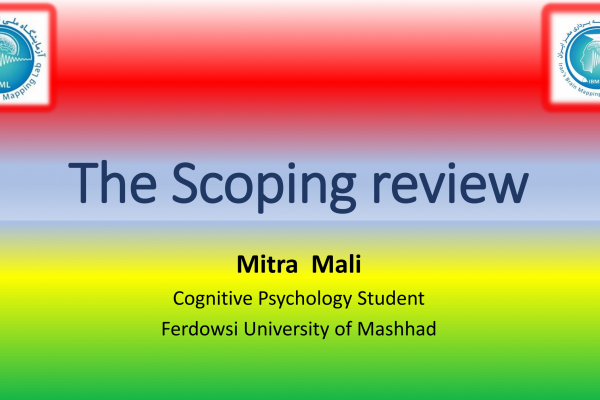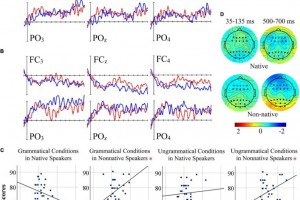Guidance for conducting systematic scoping reviews
Reviews of primary research are becoming more common as evidence-based practice gains recognition as the benchmark for care, and the number of, and access to, primary research sources has grown. As more authors are conducting reviews to integrate research findings, various review types have evolved with their respective methodologies developing in precision and clarity. In 2009, Grant and Booth identified 14 different types of literature reviews.One of these review types was the ‘scoping review’. Although the first framework for scoping reviews was published in 2005,3 scoping reviews are still a relatively new methodology that, as yet, do not possess a universal definition or definitive method.4–6 Scoping reviews have great utility for synthesizing research evidence and are often used to map existing literature in a given field in terms of its nature, features, and volume.3 As such, scoping reviews have also been called ‘mapping’ reviews. In general, scoping reviews are commonly used for ‘reconnaissance’ – to clarify working definitions and conceptual boundaries of a topic or field.5 Scoping reviews are therefore of particular use when a body of literature has not yet been comprehensively reviewed, or exhibits a large, complex, or heterogeneous nature not amenable to a more precise systematic review. While scoping reviews may be conducted to determine the value and probable scope of a full systematic review, they may also be undertaken as exercises in and of themselves to summarize and disseminate research findings, to identify research gaps, and to make recommendations for future research.
Reference





Related Posts